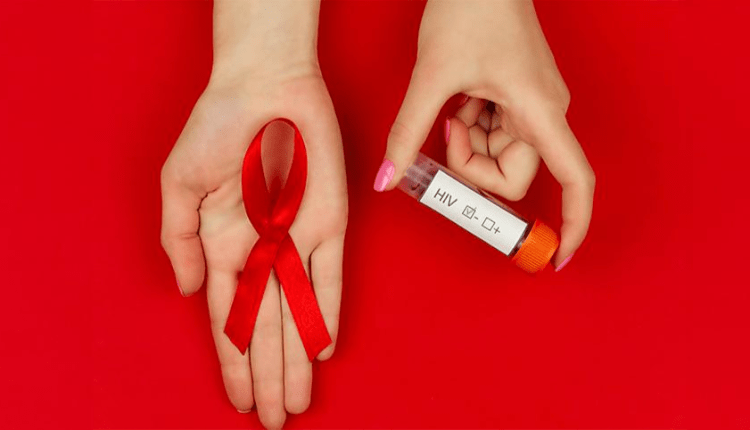How HIV Cannot Be Transmitted: Myths About Contact With Infected Individuals

HIV is a virus that attacks the immune system. Many people fear catching it, but it is important to know how it cannot spread. Understanding this helps reduce unnecessary anxiety and stigma.....CONTINUE READING THE FULL STORY HERE
HIV cannot be transmitted through casual touch. Shaking hands, hugging, or patting someone on the back is completely safe. You will not catch HIV by holding hands with an infected person.
Sharing dishes, cups, or eating utensils also does not spread HIV. The virus cannot survive in saliva in amounts that can infect someone. Drinking from the same glass or eating from the same plate is safe.
HIV cannot spread through sweat, tears, or urine. Simple contact with these body fluids poses no risk. For example, touching a sweaty person or a surface with dried sweat does not transmit the virus.
Being near someone who is coughing or sneezing is safe. HIV is not airborne. You cannot breathe it in like the flu or common cold. Public transport, classrooms, and offices are safe from HIV exposure.
Swimming pools, hot tubs, and bathtubs are safe environments. Chlorine in water kills the virus, and it cannot survive long outside the body. Sharing water spaces with an infected person is harmless.
Insect bites, like mosquitoes, do not transmit HIV. The virus does not survive in insects or pass through their bites. You cannot get HIV from a mosquito or other biting insects.
Finally, casual contact with objects such as doorknobs, phones, or computers cannot transmit HIV. The virus needs direct access to the bloodstream or sexual fluids to infect someone.
Understanding these facts helps prevent fear and discrimination. HIV only spreads through specific routes like unprotected sex, sharing needles, or from mother to child during birth or breastfeeding. Everyday interactions are safe and should not be avoided.
